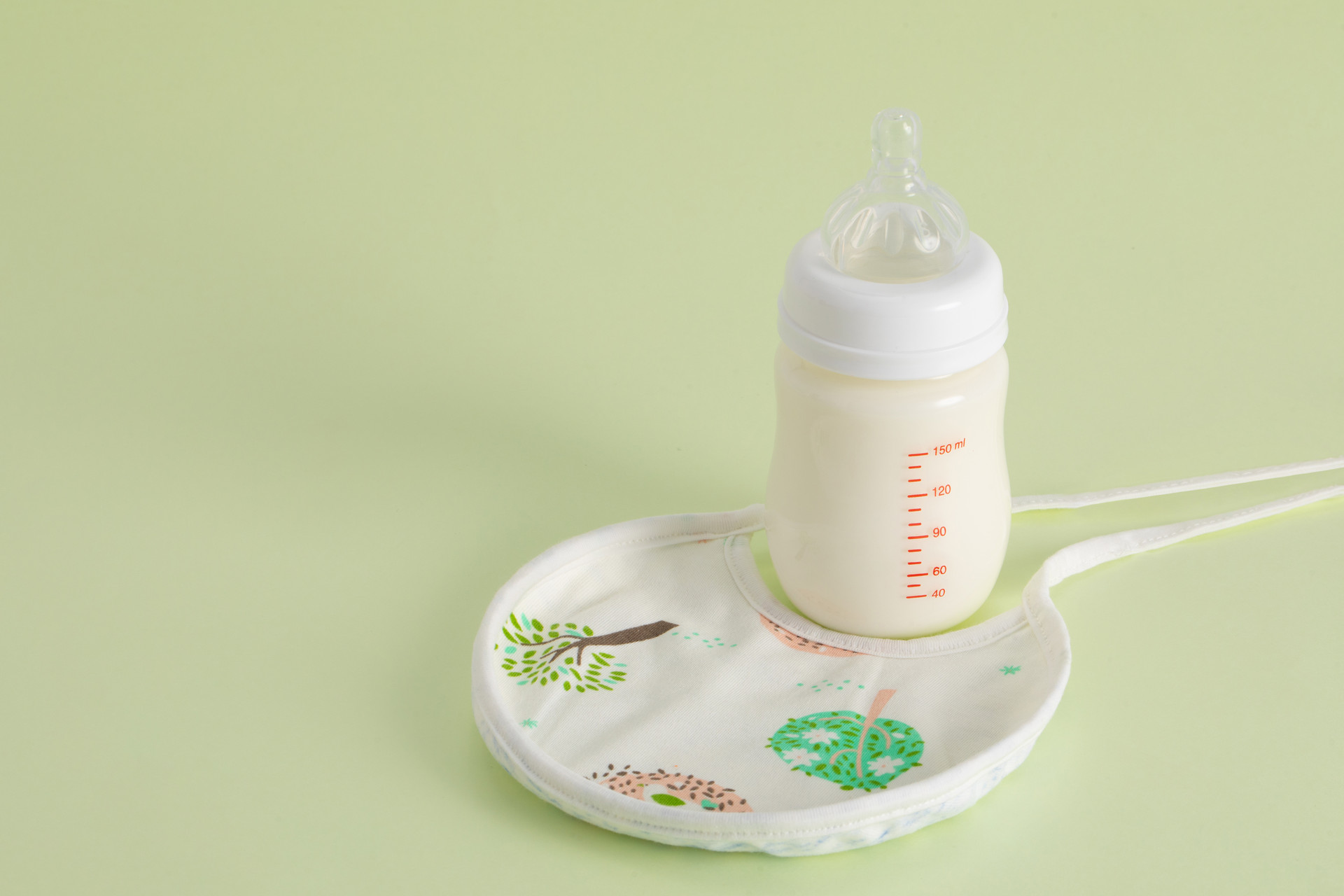The baby's umbilicus protrudes and fluctuates in size, especially when the baby is crying. The umbilical hernia, as it is called in medicine, is a common congenital developmental defect in newborns with a good prognosis. The main cause of umbilical hernia is the incomplete development of the baby's abdominal wall muscles and the unclosed umbilical ring. When the baby cries or increases abdominal pressure, the intestinal tube will protrude through the umbilical ring, forming an umbilical hernia. Female babies are more likely to have umbilical hernias than male babies. Generally speaking, premature infants are more prone to umbilical hernias due to their weaker physical development.
If the baby has an umbilical hernia, parents do not need to panic excessively. Mothers do not need to press the umbilicus every day to observe if the intestines have come out. Just observe the appearance of the umbilicus during diaper changes or when the baby is sleeping. When the baby is relaxed and calm, the small bulge in the umbilicus will slightly recede, like a slightly deflated balloon, and the skin will become wrinkled. However, when the baby starts to move or cry, the small bulge in the umbilicus will become more full. Additionally, try to minimize opportunities to increase abdominal pressure, such as not letting the baby cry excessively; timely treat chronic cough; adjust the baby's diet to prevent bloating or constipation.
If the umbilical hernia is not severe and the hernia is small, it can often heal on its own without treatment. Generally, as the baby grows, crying decreases, and abdominal muscles strengthen, the umbilical ring will gradually contract and close. At this time, the hernial sac is less likely to protrude through the weakened area of the umbilicus, so most umbilical hernias in babies naturally heal around one year old, with a generally good prognosis. If the umbilical hernia becomes larger or fails to heal after a long time, it is necessary to consult a doctor. Furthermore, if there is suspicion of incarcerated umbilical hernia, where the herniated contents cannot be reduced back into the abdominal cavity, the baby often experiences discomfort symptoms such as crying, vomiting, and constipation. When the umbilical hernia has been trapped for a long time and cannot be manually reduced, urgent medical treatment is necessary because of the risk of intestinal ischemic necrosis due to compression of the intestinal wall.











